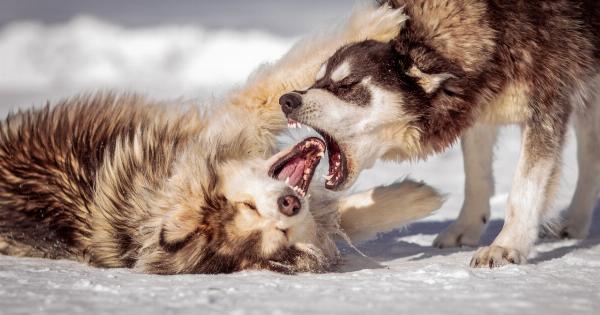Bulls, known for their strength and power, have captivated human fascination for centuries. These majestic creatures embody traits of dominance, resilience, and determination.
In this article, we will explore the significance of the color black in relation to bulls and delve into their remarkable instincts.
The Symbolism of Black
Black, often associated with mystery and power, holds a special significance when it comes to bulls. The color black highlights their strong and imposing presence.
It exudes an aura of authority and dominance, making it a perfect symbol for these magnificent creatures.
Black Bulls: The Epitome of Strength
The sight of a black bull always demands attention. Their muscular build and towering stature are representative of their extraordinary power.
Black bulls possess an unmatched physical prowess, capable of overcoming various challenges that come their way.
The Role of Instincts
Instincts play a crucial role in the behavior of bulls. These innate patterns of behavior are hardwired into their DNA and have been shaped by years of evolution.
Bulls rely heavily on their instincts for survival, procreation, and maintaining their social hierarchy.
Territorial Instincts
Bulls exhibit strong territorial instincts, defending their space from intruders. They mark their territory with scents and establish dominance through displays of aggression or by asserting their physical strength.
Mating Instincts
Mating instincts drive bulls to compete for the attention of females. During the mating season, bulls engage in fierce battles to establish dominance and secure their chance to mate.
These instinctual behaviors are rooted in the primal urge to continue their bloodline.
Protective Instincts
When it comes to protecting their offspring, bulls showcase exceptional instincts. They are fiercely protective of their young, ensuring their safety from potential threats. Bulls form strong bonds with their calves and will defend them at all costs.
Herding Instincts
Bulls are social animals that exhibit herding instincts. They gather in groups, often led by a dominant male, and maintain a hierarchical structure within the herd. Herding instincts facilitate communication, cooperation, and provide safety in numbers.
Fight or Flight Instinct
In the face of danger, bulls have a fight or flight instinct. While their imposing size and strength can ward off many predators, they can also make a strategic decision to flee from threats that they perceive as overwhelming.
Navigating the Natural Habitat
Bulls are well-adapted to their natural habitats, be it grasslands, forests, or mountains. Their instincts guide them in finding food sources, waterholes, and areas suitable for shelter.
They have a keen sense of direction and are adept at navigating their environment.
Breeding and Domestication
Humans have selectively bred bulls for thousands of years, emphasizing desirable traits such as strength, size, and color. This selective breeding has led to the creation of various breeds, each with its own characteristics and instincts.
Conclusion
Black bulls, with their imposing presence and remarkable instincts, continue to captivate our imaginations. They symbolize strength, dominance, and power, making them a prominent figure in various cultures and art forms.






























